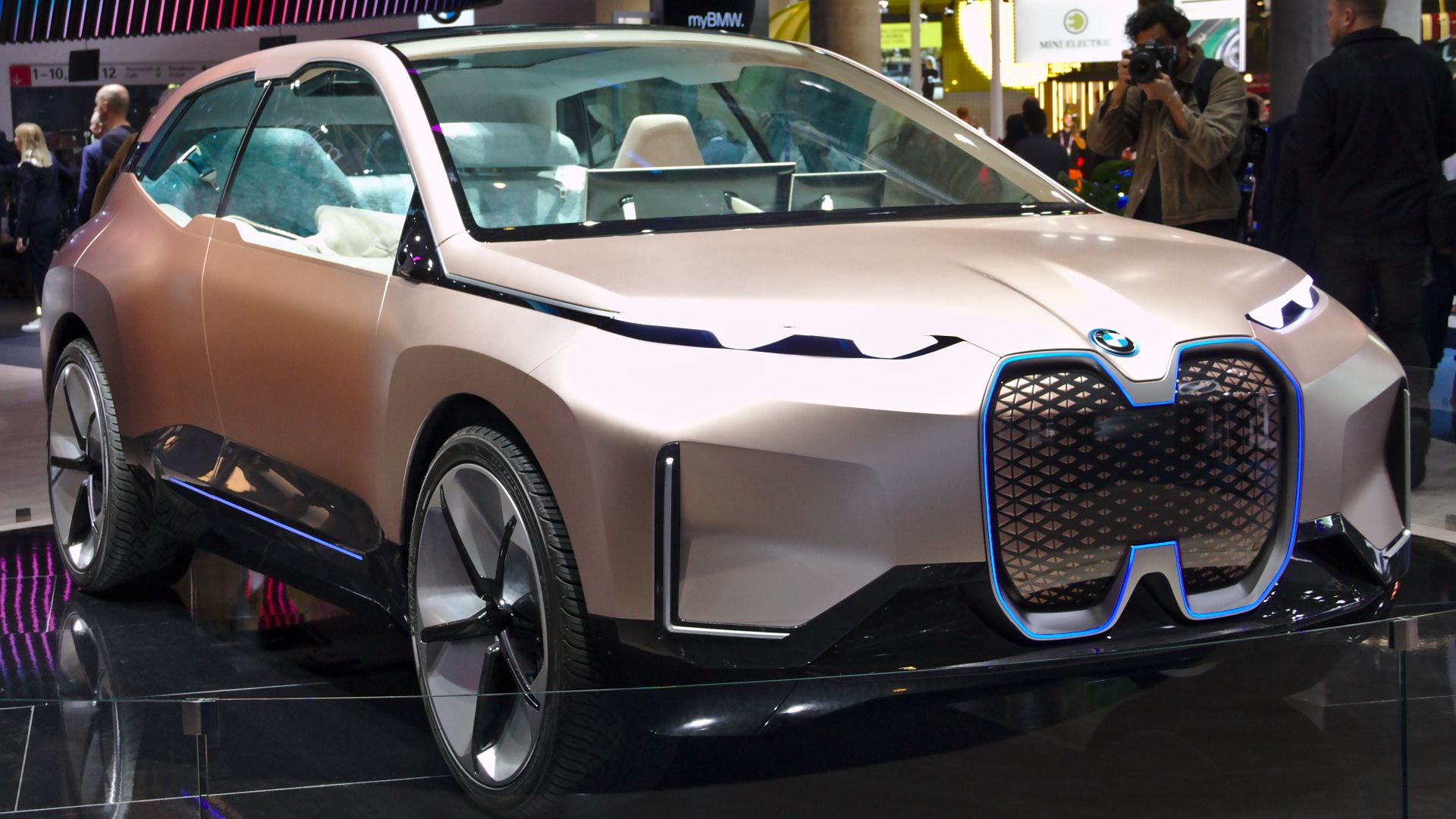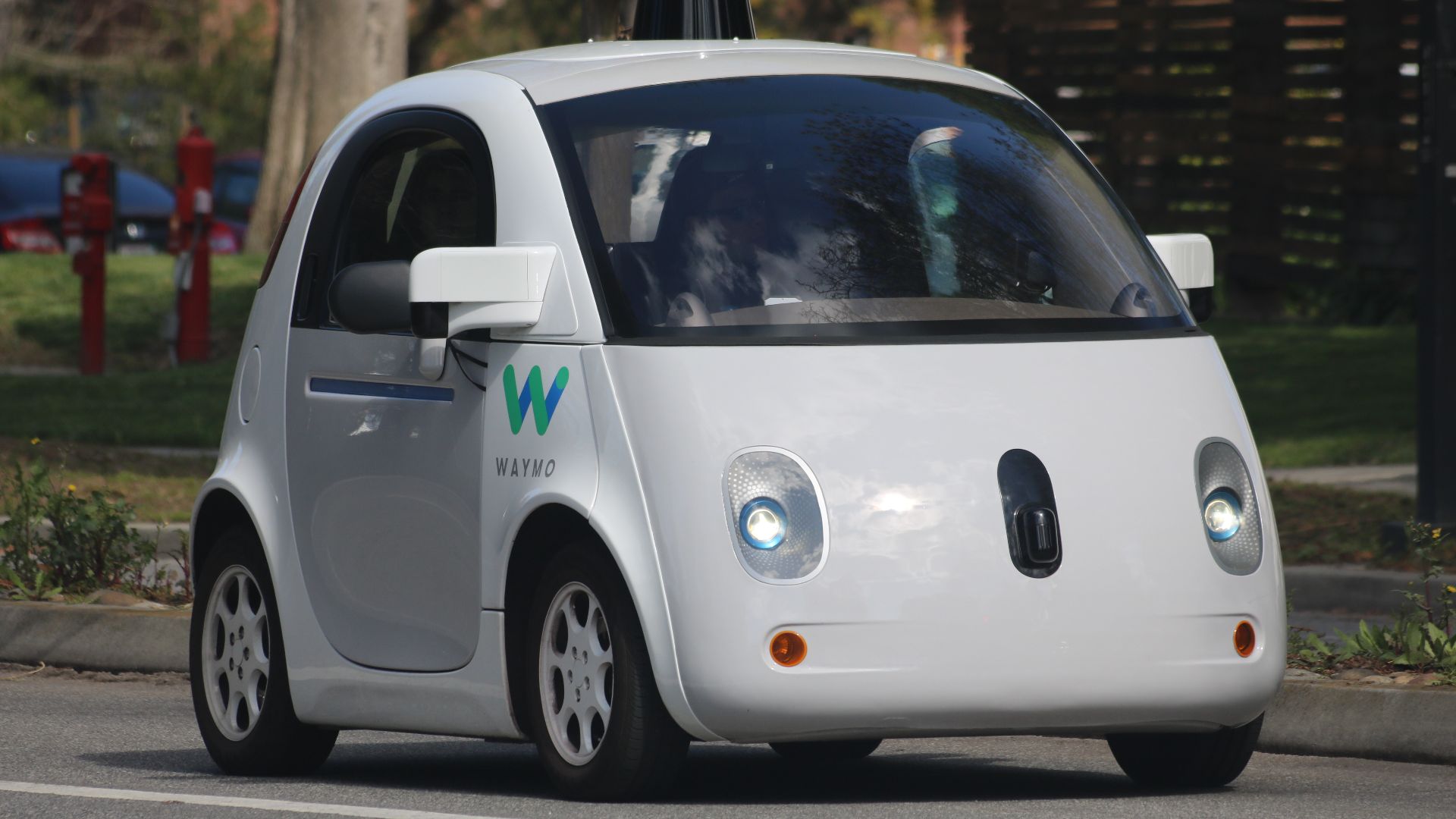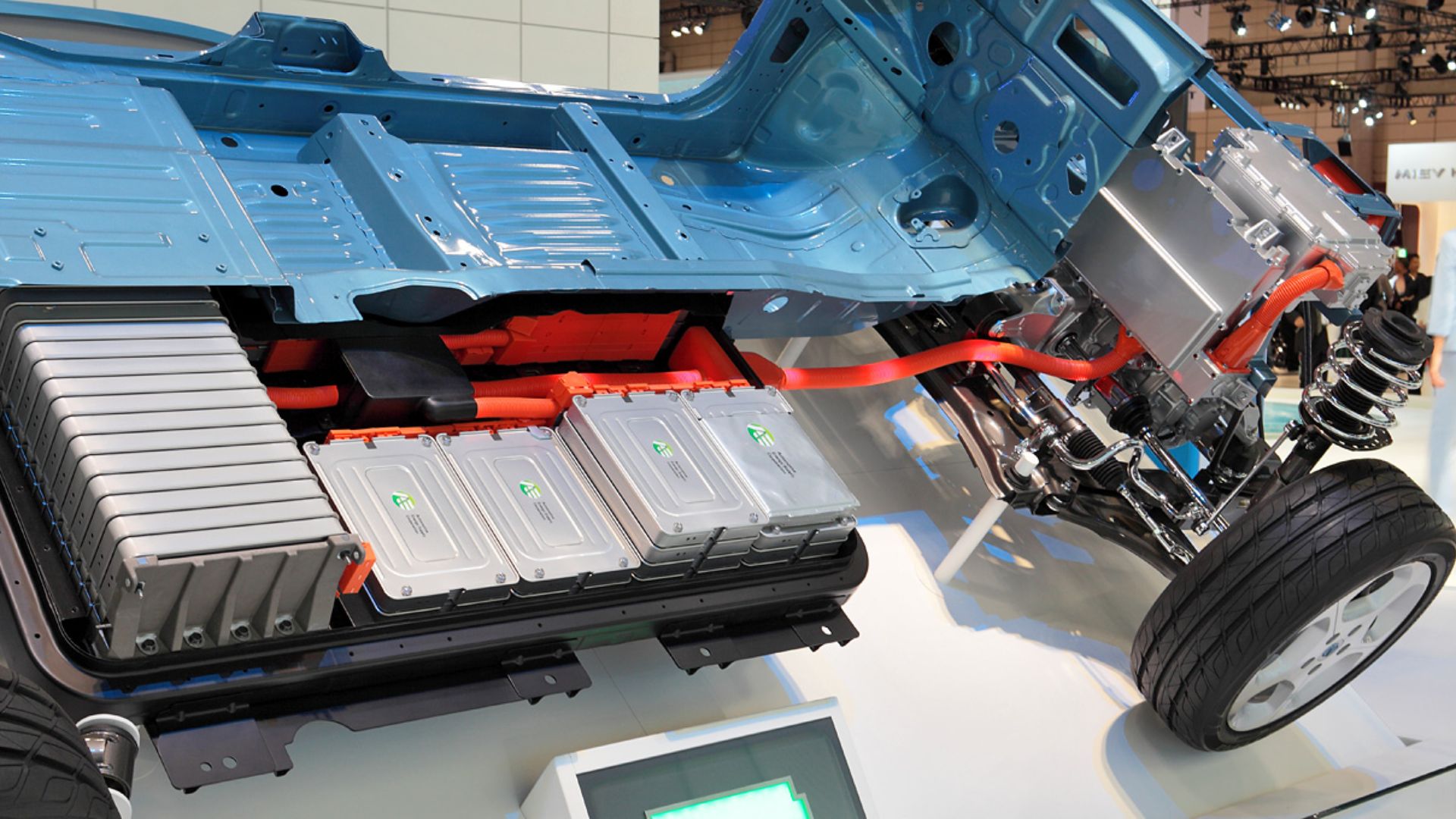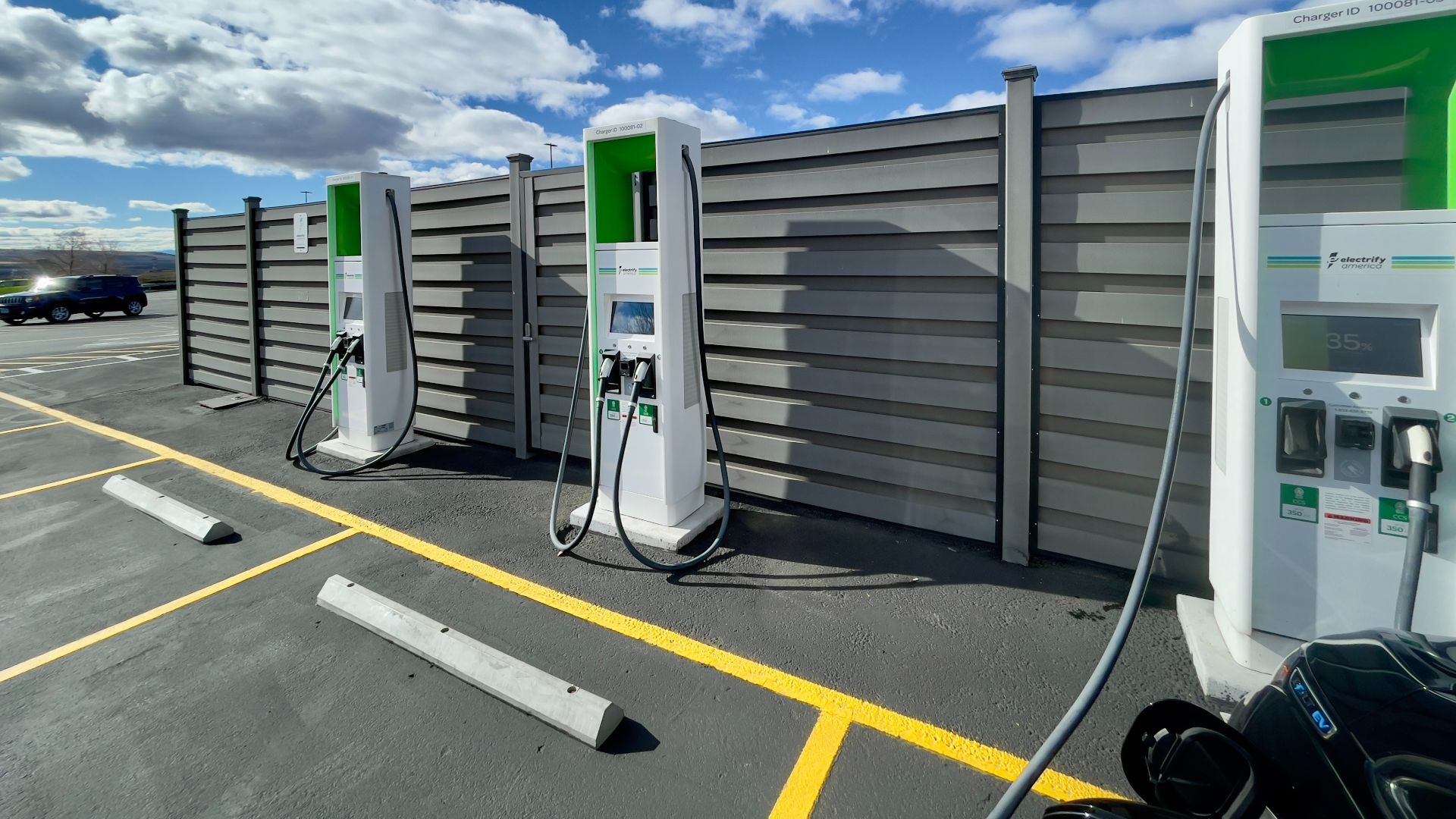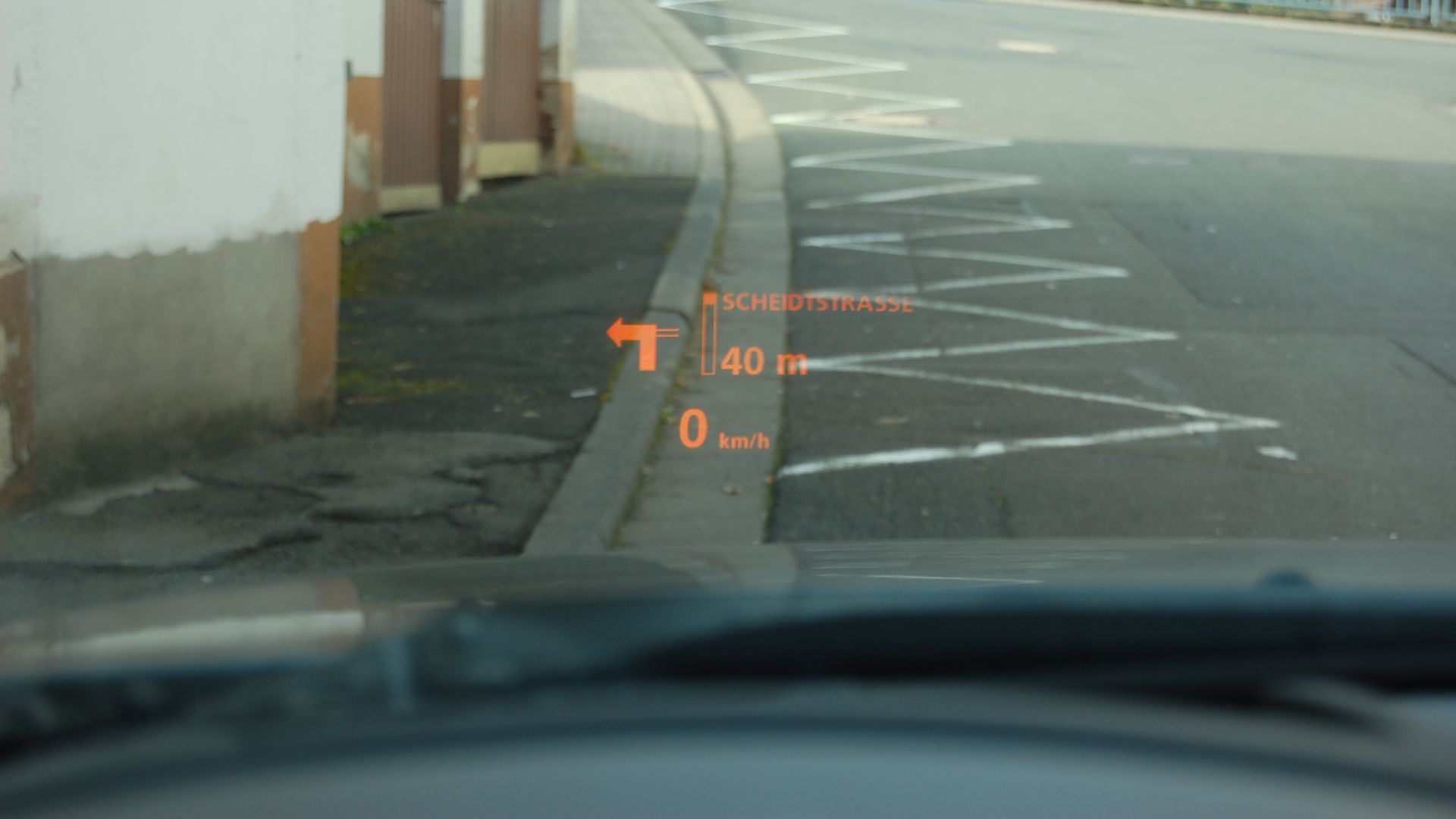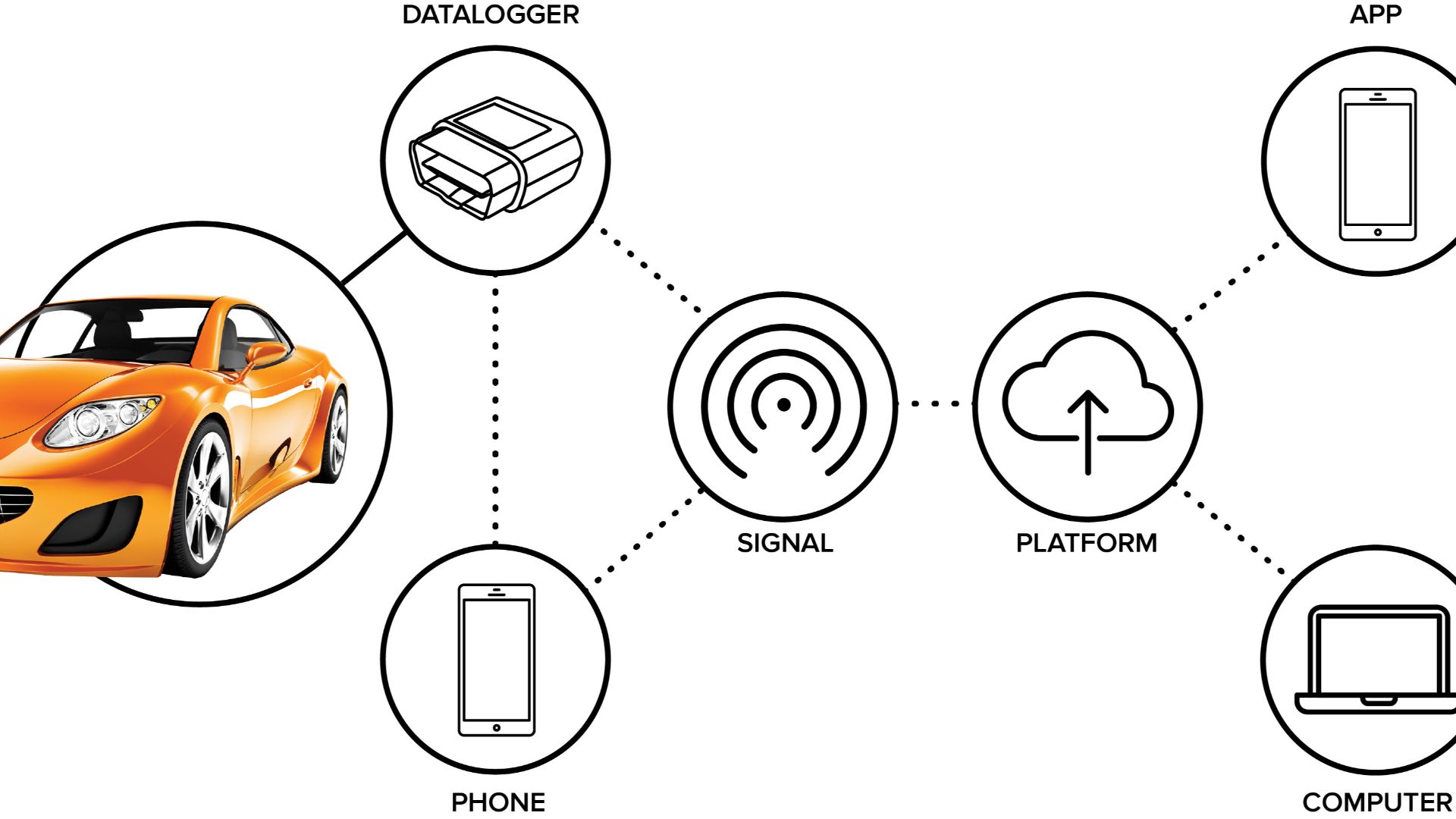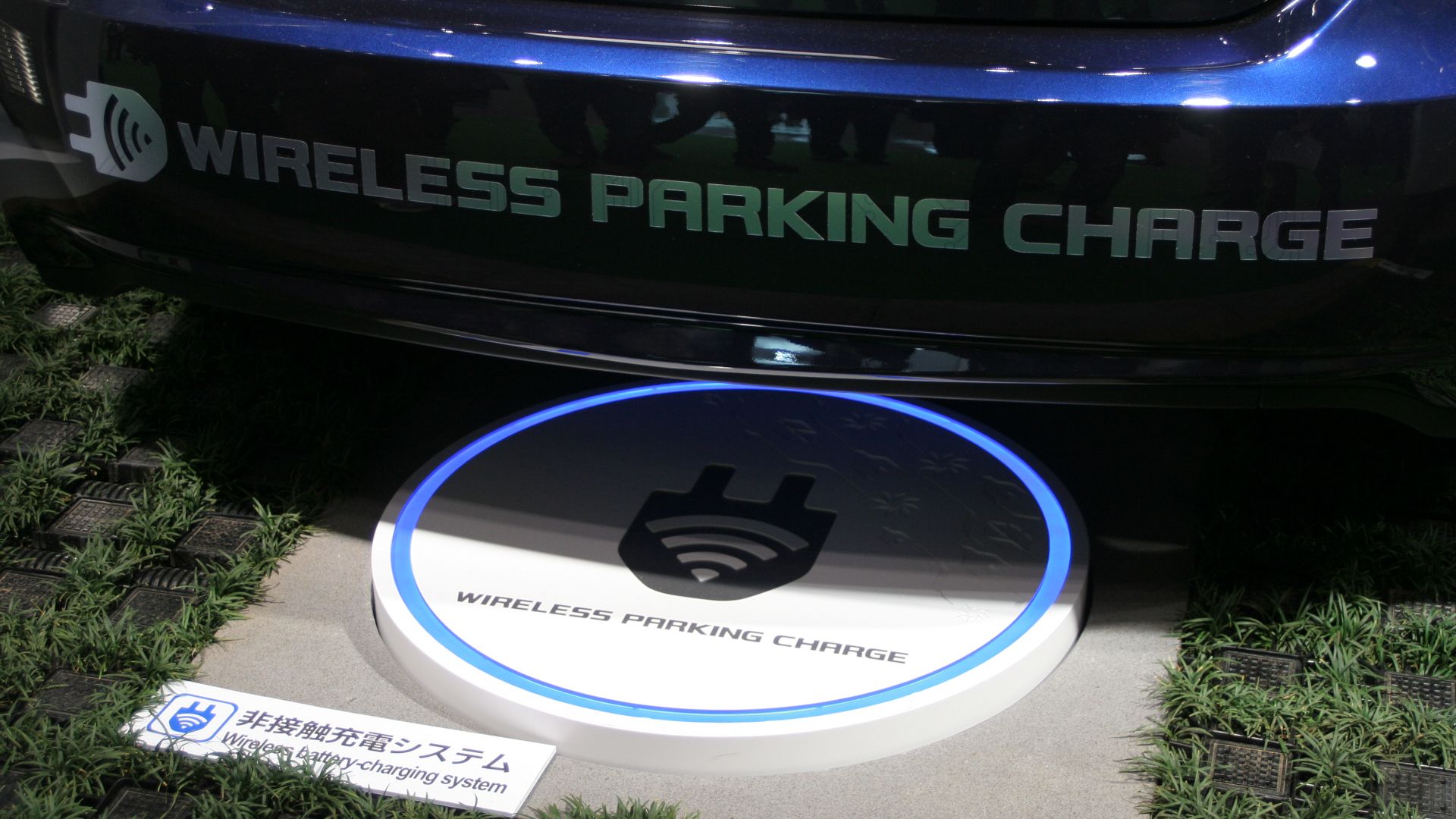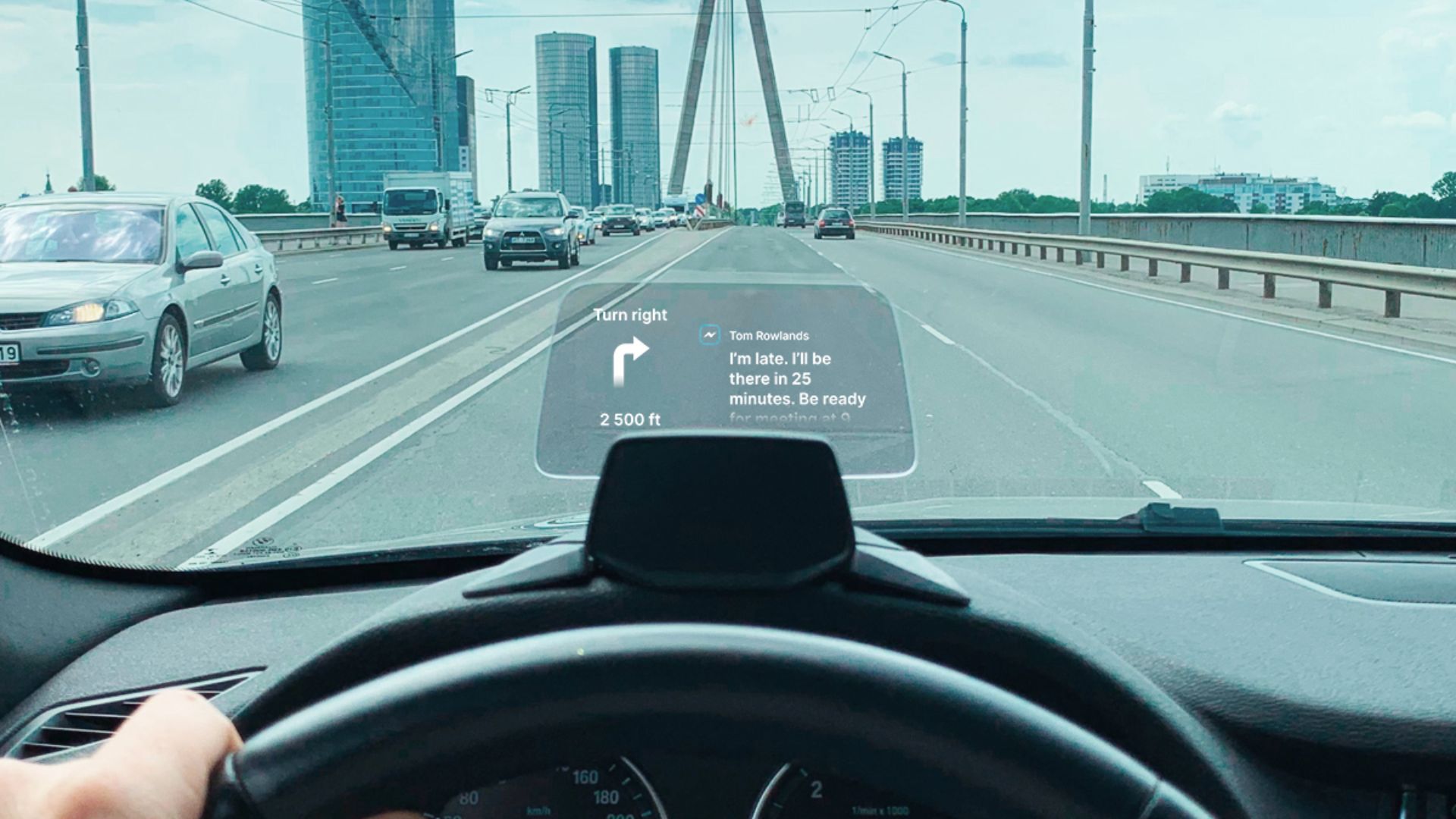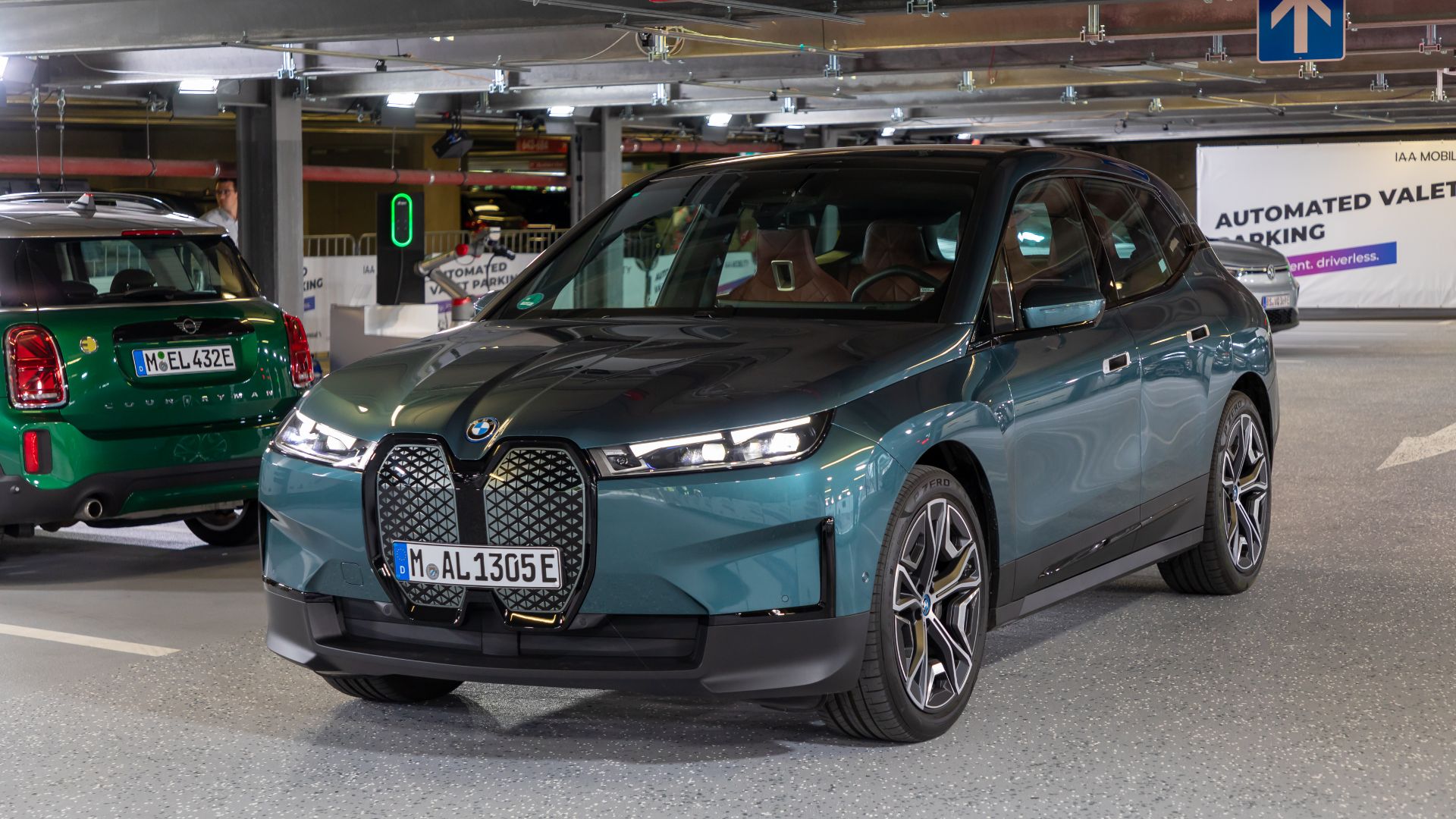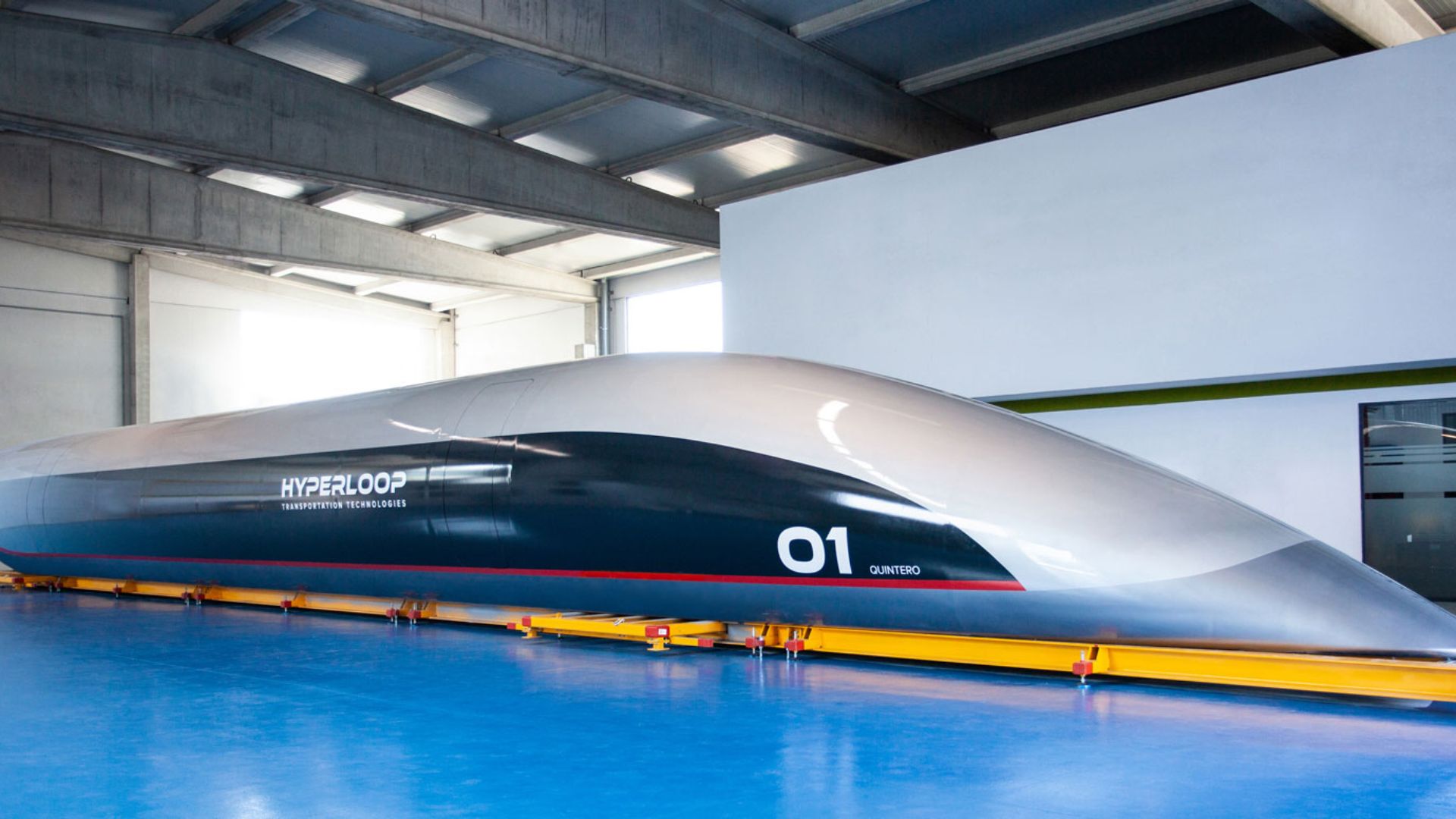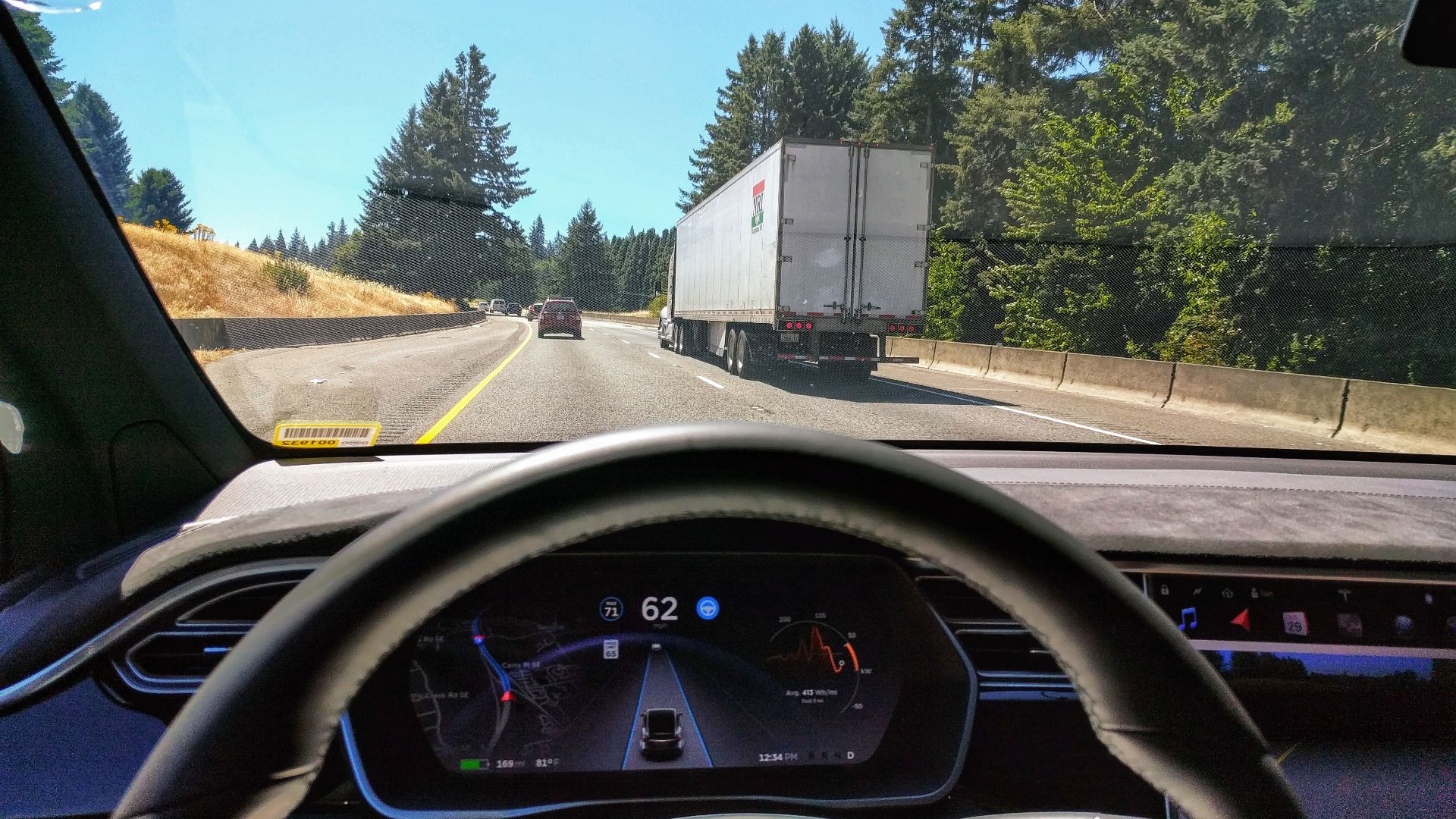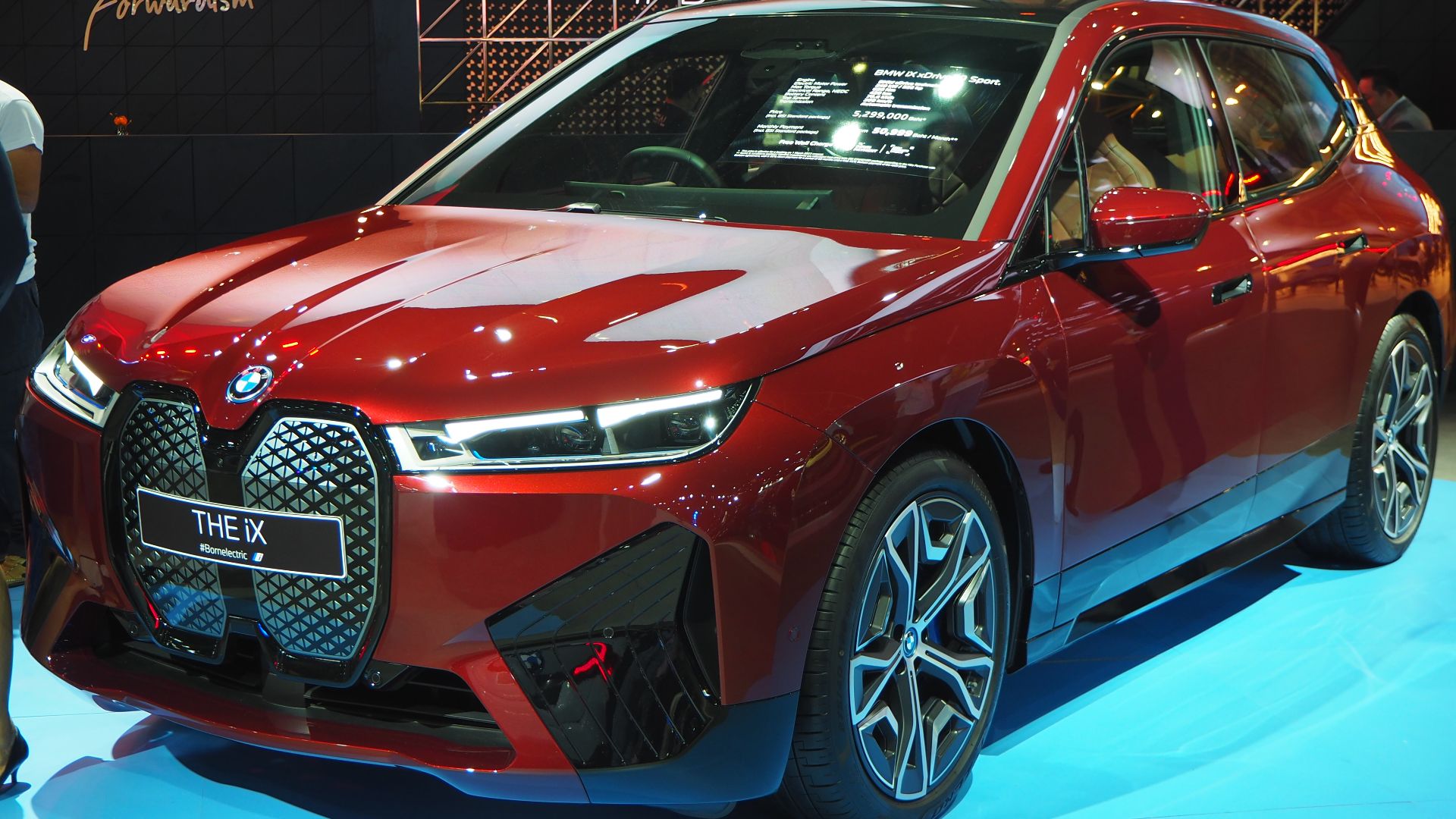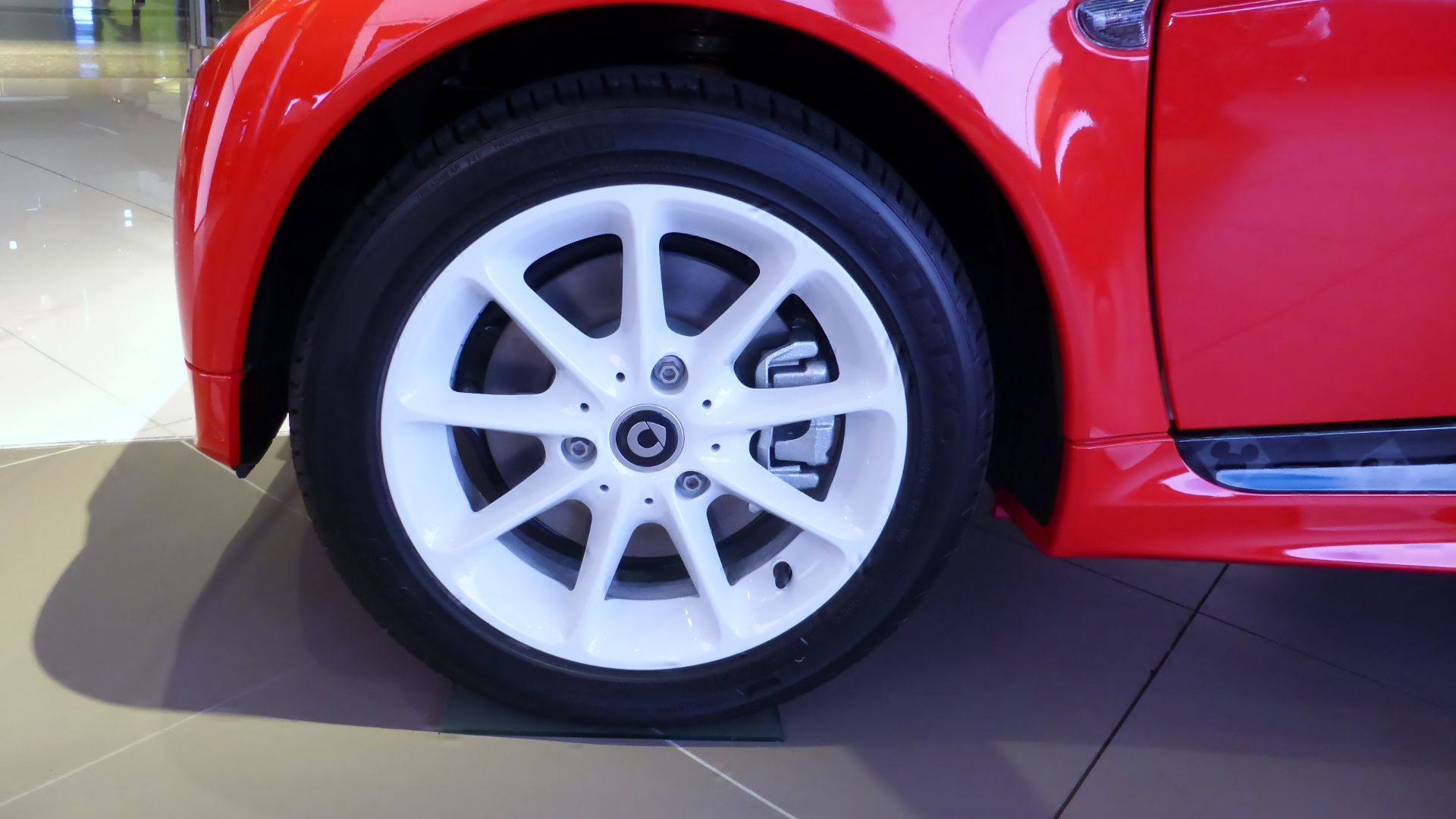Are You Ready For The Future Of Driving?
Ever find yourself dreaming of a car that practically drives itself or one that knows exactly when you need a snack break? Well, the future of driving is closer than you might think! Here are 20 automotive innovations that are set to change the way we live on the road—they'll make you wonder how we ever got by without them.
1. Autonomous Driving
Autonomous cars are gearing up to drive themselves—literally. Think about it: no more steering wheels or pedals! This new technology uses a combination of cameras, sensors, and AI to understand the environment around the vehicle, making it capable of driving safely without human control.
2. Solid-State Batteries
Solid-state batteries are poised to revolutionize electric vehicles. Unlike traditional lithium-ion batteries, they offer higher energy densities and are safer due to reduced risks of overheating. Companies like QuantumScape are racing to bring these batteries to market, which could double an EV’s range.
3. Vehicle-To-Grid (V2G) Technology
V2G allows your electric vehicle to act as a mobile power bank. By feeding power back to the grid during demand, your EV helps stabilize energy systems. This technology, already being tested by Nissan, could change the way we interact with energy and reduce reliance on fossil fuels. Pretty cool, right?
4. Augmented Reality Dashboards
Imagine your dashboard overlaying critical info directly on the windshield. Augmented Reality (AR) will enhance driver awareness by displaying speed and other vital information about your car in real-time without the use of a bulky conventional dashboard. Many automakers are working on this technology, offering drivers a safer way to interact with their cars.
5. AI-Powered Predictive Maintenance
What if your car could tell you when it’s about to break down? AI-powered predictive maintenance systems are doing just that. They monitor all vehicle systems and predict when a part might fail, ensuring you’re never caught off guard by an unexpected breakdown.
6. Flying Cars
Flying cars are no longer a dream from sci-fi movies. Several companies are testing prototypes that combine the practicality of a car with the versatility of an aircraft. These vehicles use Vertical Take-off and Landing (VTOL) technology to soar over congested roads.
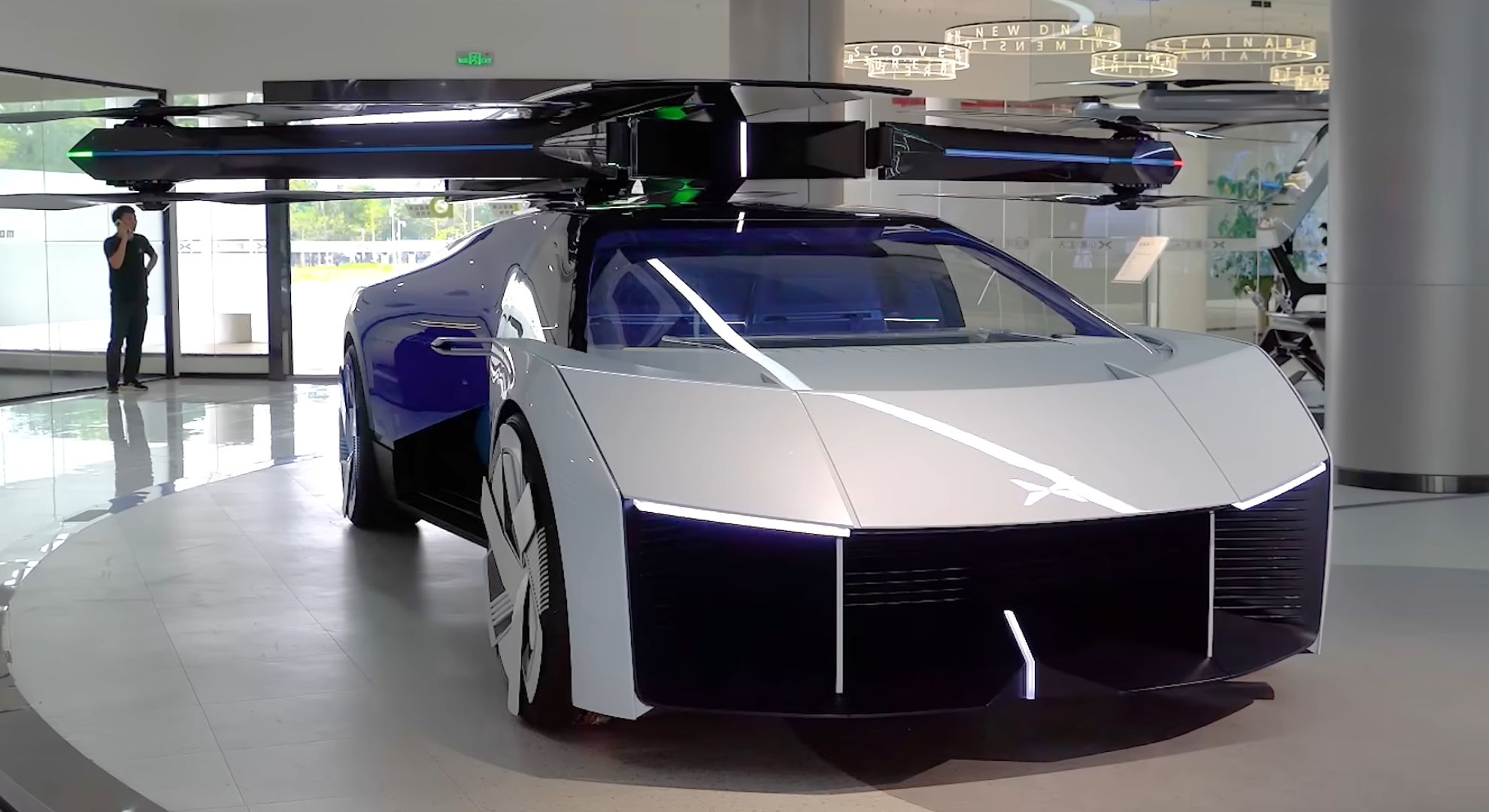 World's Most Advanced Flying Cars by Supercar Blondie
World's Most Advanced Flying Cars by Supercar Blondie
7. Biometric Car Security
Forget keys—your body is now your car's password. Biometric technology, like fingerprint scanning, could soon replace traditional car keys. Brands are already testing this system, which ensures that authorized individuals can access or start the vehicle.
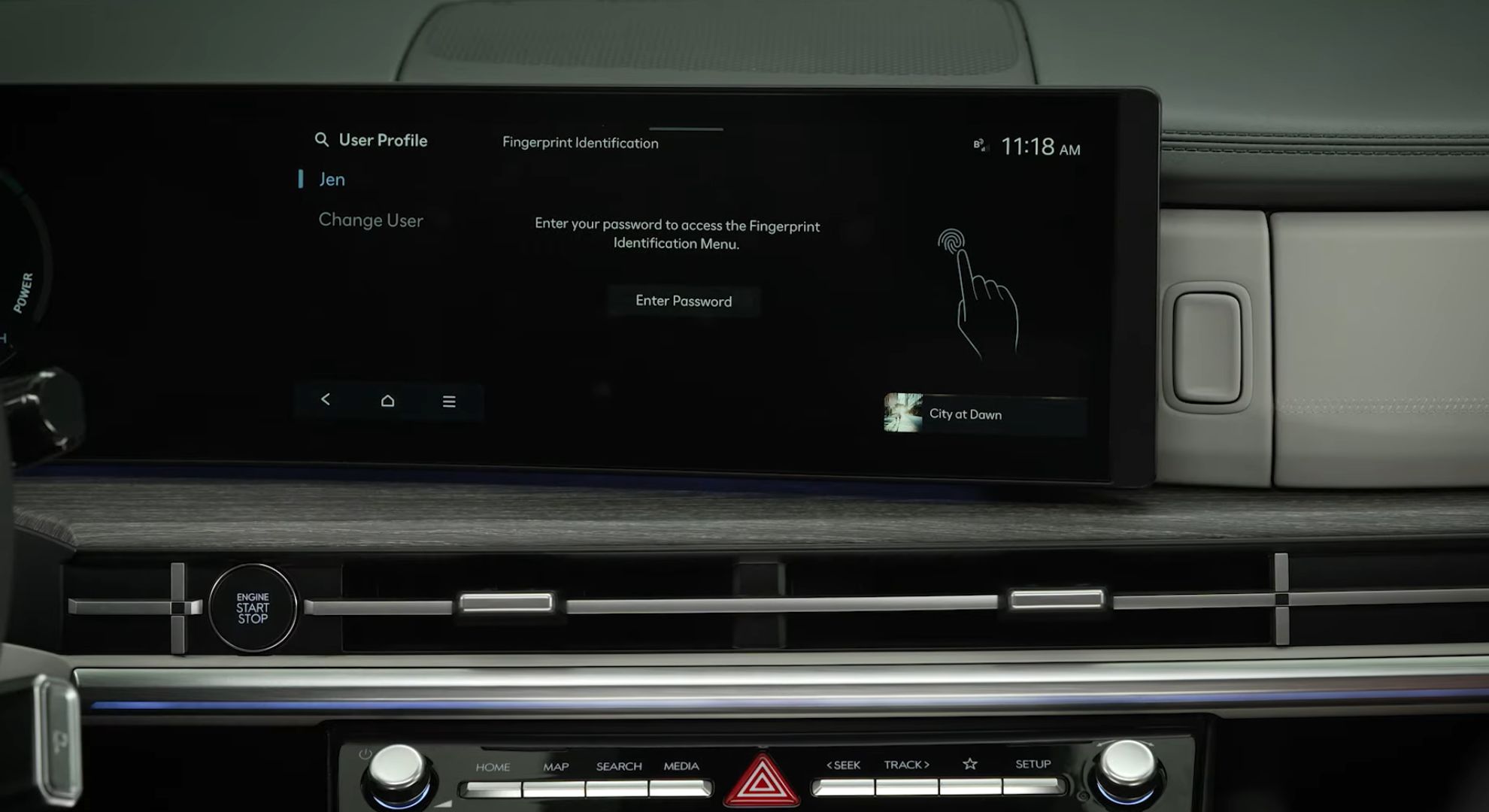 Fingerprint Authentication System | Hyundai by HyundaiUSA
Fingerprint Authentication System | Hyundai by HyundaiUSA
8. Wireless EV Charging
Say goodbye to tangled charging cables! This technology is being developed for electric vehicles, which is supposed to allow cars to charge automatically when parked over a charging pad. No cables, no hassle—just pure convenience.
9. Smart Glass Windows
Smart windows can change their tint automatically based on sunlight, improving comfort and efficiency in vehicles. These windows use electrochromic technology to regulate light and heat, reducing the need for air conditioning. It will make driving cooler and more energy-efficient.
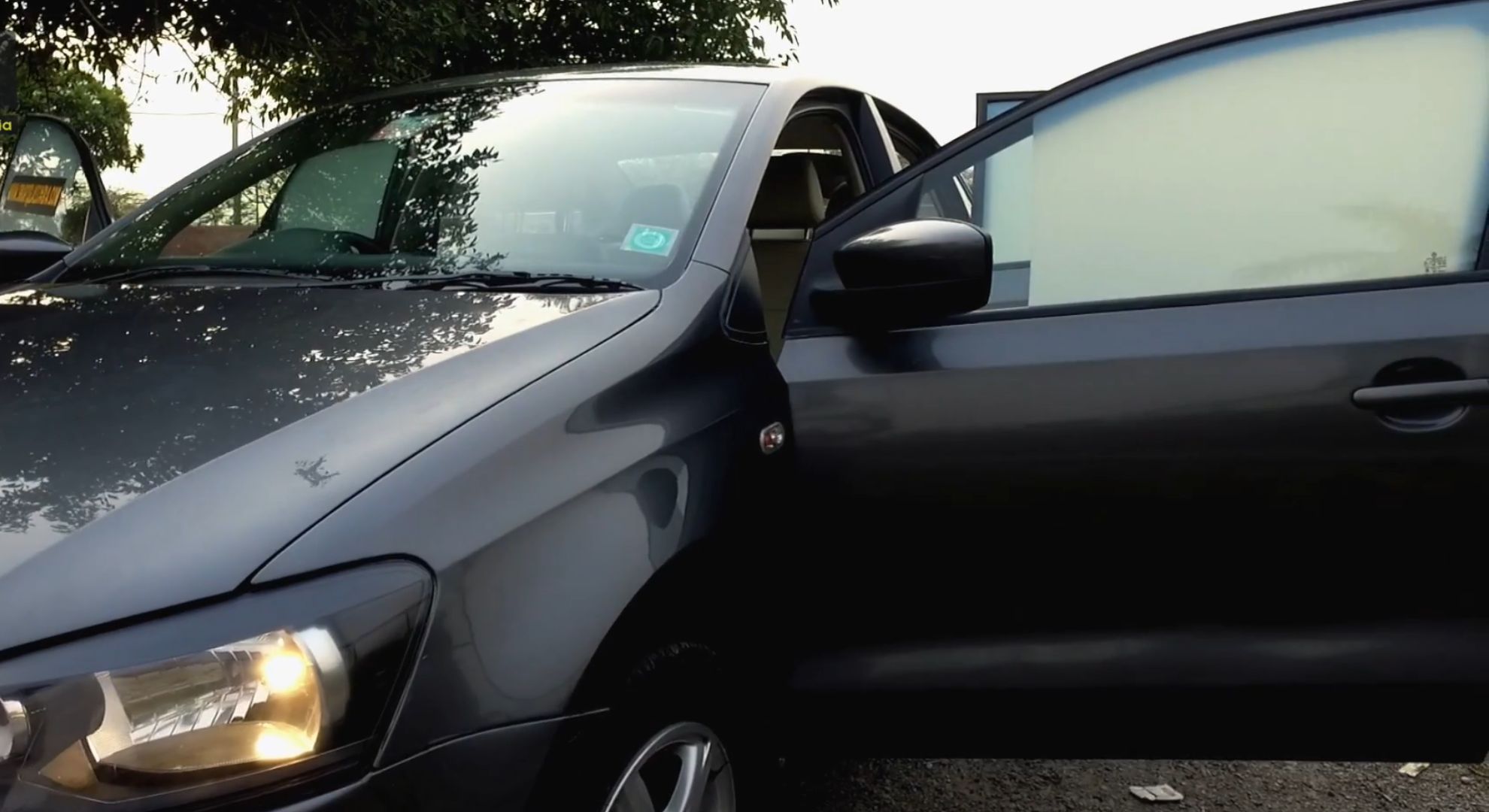 Smart Film for cars by Smart Glass india
Smart Film for cars by Smart Glass india
10. 3D-Printed Car Parts
Automakers are increasingly using 3D printers to create everything from engine components to interior details, allowing for rapid prototyping and customization. Companies are leading the charge, printing cars like the Strati from the ground up.
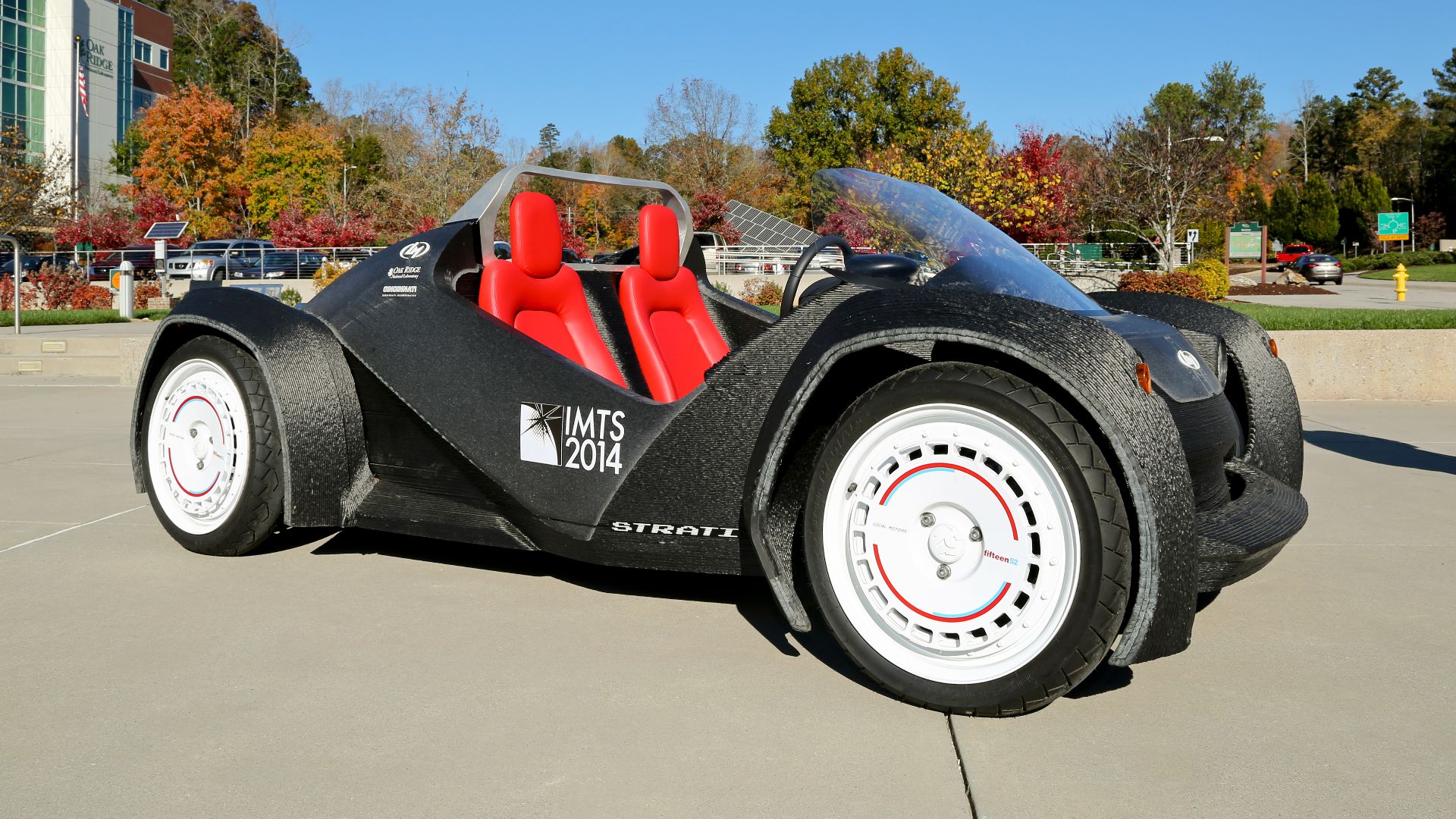 Oak Ridge National Laboratory on Wikimedia
Oak Ridge National Laboratory on Wikimedia
11. Augmented Reality Head-Up Displays
Augmented Reality (AR) head-up displays are more than just futuristic—they’re practical. These systems project hazard warnings directly onto the windshield, so drivers don’t have to look away from the road. It improves safety while enhancing the driving experience.
12. Automated Valet Parking
Automated valet parking is changing the way we park. Imagine simply pulling up to your destination, exiting the car, and letting it park itself. This technology uses sensors and cameras to cross tight spaces. It will eliminate the hassle of finding a parking spot.
13. Hyperloop Transportation
The Hyperloop is an ultra-high-speed transportation system that could make intercity travel lightning-fast. Powered by magnetic levitation and vacuum tubes, the Hyperloop promises to travel at speeds of almost 760 mph. In the future, cities could be just hours apart.
14. Wearable Car Interfaces
Wearable technology could soon allow you to control your car with just a tap or voice command. Devices like smartwatches or AR glasses could interface with your vehicle to adjust settings, check vitals, or even monitor the car's condition.
15. Vehicle Air Purifiers
Cities are becoming more polluted, and your car could help. Vehicle air purifiers are gaining popularity, and HEPA filters and UV light are being used to cleanse the air inside your car. These devices, available in some Hyundai and BMW models, provide cleaner air.
 Home Air Quality Guides on Wikimedia
Home Air Quality Guides on Wikimedia
16. Solar-Powered Cars
Solar-powered cars like the Aptera and Lightyear Zero are flipping the script on driving! Thanks to their built-in solar panels, they can rack up up to 40 miles of daily range just by soaking up the sun. No plugs, no fossil fuels—just pure, sustainable power.
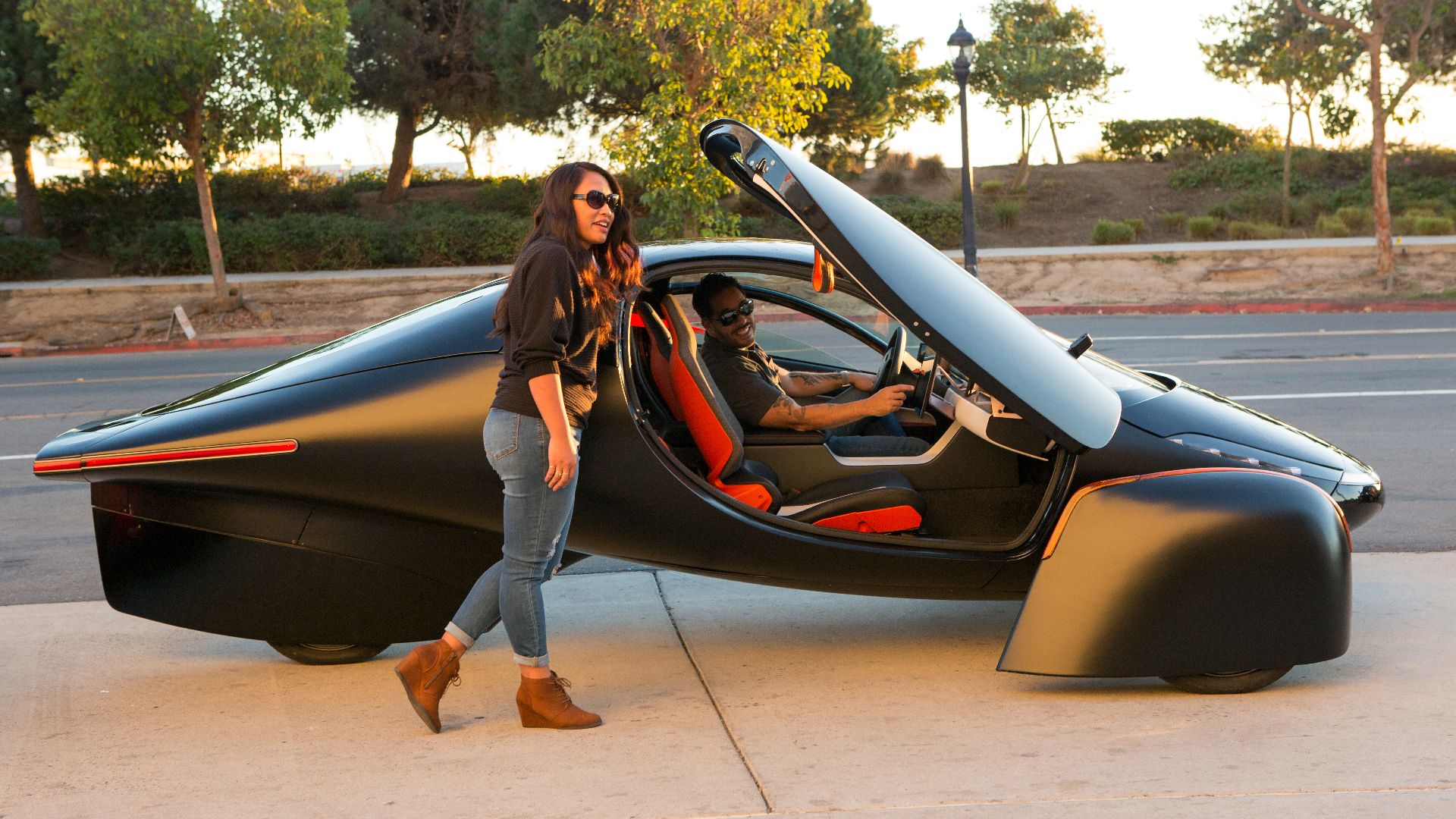 ApteraMotorsMedia on Wikimedia
ApteraMotorsMedia on Wikimedia
17. Automated Emergency Braking Systems (AEB)
Automated Emergency Braking (AEB) is saving lives on the road. This system uses sensors and cameras to look at obstacles and apply brakes automatically if a collision is imminent. According to the IIHS, it's estimated that AEB could prevent 28% of all crashes.
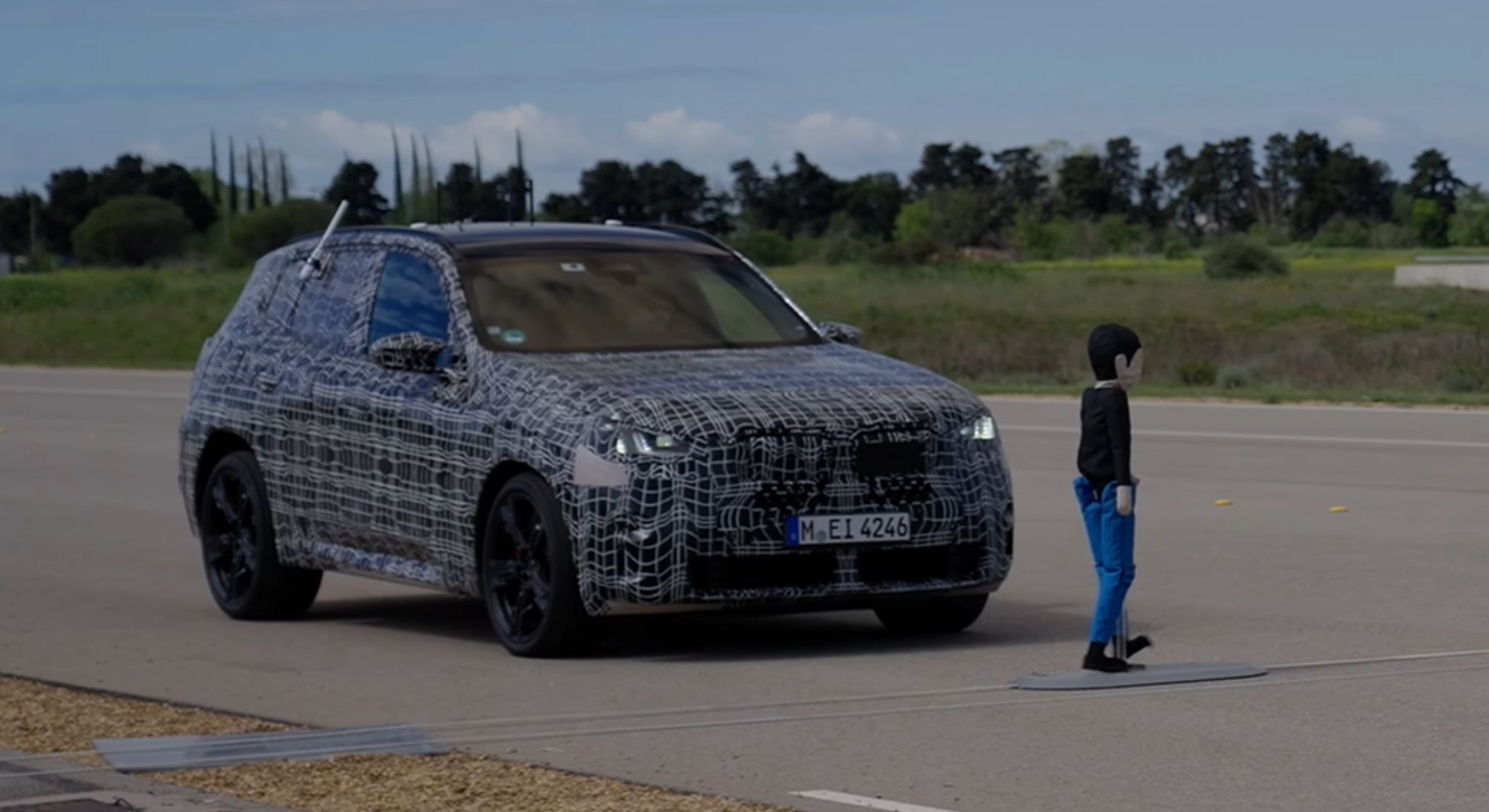 DEMO: BMW Automatic Emergency Braking by BMWBLOG
DEMO: BMW Automatic Emergency Braking by BMWBLOG
18. In-Car Virtual Assistants
These AI-powered systems can control music and even climate, all through simple voice commands. Companies like Amazon and Google are collaborating with automakers to embed their virtual assistants in vehicles, offering a more connected and hands-free experience.
19. Dynamic Car Paint
Imagine being able to change your car’s color on demand. Dynamic car paint uses innovative electronic pigments to alter the color of your vehicle at the push of a button. This futuristic tech, demonstrated by BMW’s iX Flow, allows for personalized color schemes.
20. Smart Tires
Smart tires use sensors to monitor tire pressure, tread depth, and temperature, providing real-time data to improve safety and performance. Companies are integrating this technology into their tires, allowing drivers to make informed decisions on tire maintenance.


